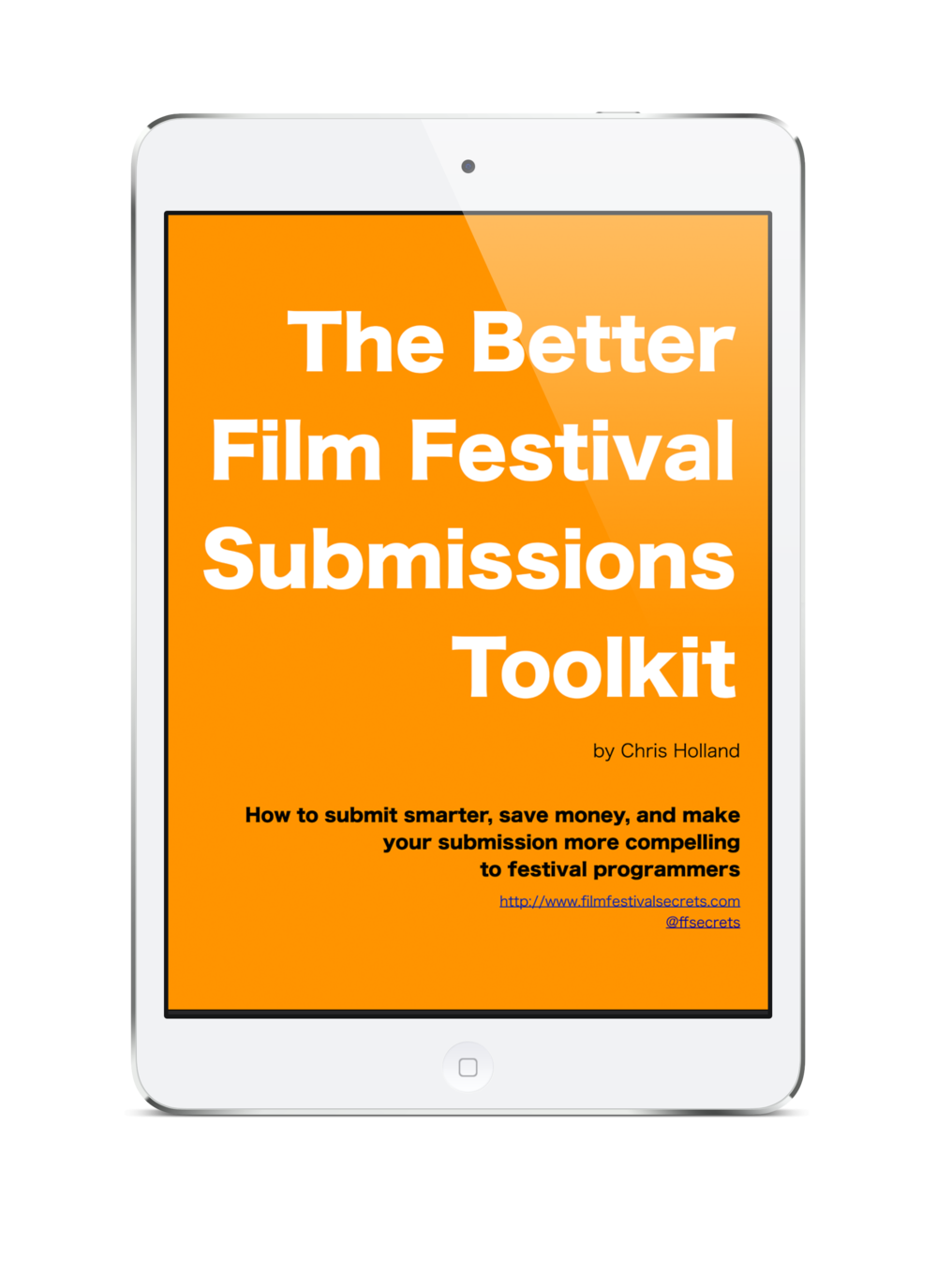Rachel Dodes, interviewing Ira Glass for the Wall Street Journal's Speakeasy blog as Sundance film Sleepwalk with Me comes to theaters:
Could you talk about the challenges of opening an indie film?
It came out of the distributor explaining to us that with this sized indie film everything depends on how you do the first weekend. You just open in one theater traditionally. And you need to kill at that theater because up until then you are a completely unproven product in the market. So other theaters need to see that you did well in order to book you. Mike’s feeling is, “It’s only like 200-something seats and it’s only this many shows, like, we should be able to sell that out.” Mike will perform at a 2,000-seat venue in New York. When we do a “This American Life” show again, it’s easy for us to fill 1,500 seats in New York or L.A. or Chicago. So, it didn’t seem that hard. The people at IFC are still like, “Well, we’ll see.” So we made the video to let the audience know we will be there, and please show up. It’s been an interesting business problem, figuring out how do we harness the audience and the marketing power of the radio show to get people to come out to the movie.
Not every indie film will have the relative star power of Ira Glass behind their film, but I like the fact that Glass and Birbiglia don't rest on their laurels. They've been beating the drum relentlessly for this film, including a tongue-in-cheek boycott video from Joss Whedon, who facetiously views Sleepwalk as a threat to The Avengers. Every producer and director should work this hard to promote their films, even if they aren't friends with the creator of Buffy the Vampire Slayer.

 Peter Kafka at AllThingsD
Peter Kafka at AllThingsD 

 From the blog of Felicia Day. Apart from being adorable and talented, Felicia is pretty smart. She's been around the block a few times with the whole "original web series" thing which, at the end of the day, is the same as independent filmmaking. All four of these questions apply just as much to your indie doc feature as they do to her
From the blog of Felicia Day. Apart from being adorable and talented, Felicia is pretty smart. She's been around the block a few times with the whole "original web series" thing which, at the end of the day, is the same as independent filmmaking. All four of these questions apply just as much to your indie doc feature as they do to her 